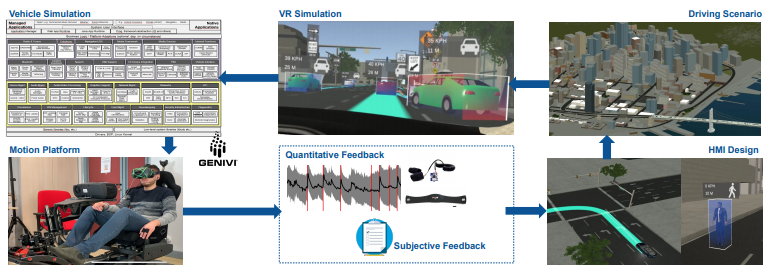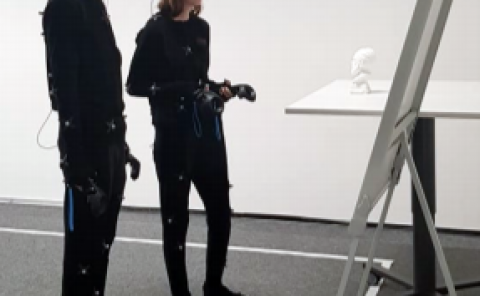Building Trust in Autonomous Vehicles: Role of Virtual Reality Driving Simulators in HMI Design
PubDate: Jul 2020
Teams: IEEE
Writers: Lia Morra, Fabrizio Lamberti, F. Gabriele Pratticó, Salvatore La Rosa, Paolo Montuschi
PDF: Building Trust in Autonomous Vehicles: Role of Virtual Reality Driving Simulators in HMI Design

Abstract
The investigation of factors contributing at making humans trust Autonomous Vehicles (AVs) will play a fundamental role in the adoption of such technology. The user’s ability to form a mental model of the AV, which is crucial to establish trust, depends on effective user-vehicle communication; thus, the importance of Human-Machine Interaction (HMI) is poised to increase. In this work, we propose a methodology to validate the user experience in AVs based on continuous, objective information gathered from physiological signals, while the user is immersed in a Virtual Reality-based driving simulation. We applied this methodology to the design of a head-up display interface delivering visual cues about the vehicle’ sensory and planning systems. Through this approach, we obtained qualitative and quantitative evidence that a complete picture of the vehicle’s surrounding, despite the higher cognitive load, is conducive to a less stressful experience. Moreover, after having been exposed to a more informative interface, users involved in the study were also more willing to test a real AV. The proposed methodology could be extended by adjusting the simulation environment, the HMI and/or the vehicle’s Artificial Intelligence modules to dig into other aspects of the user experience.



